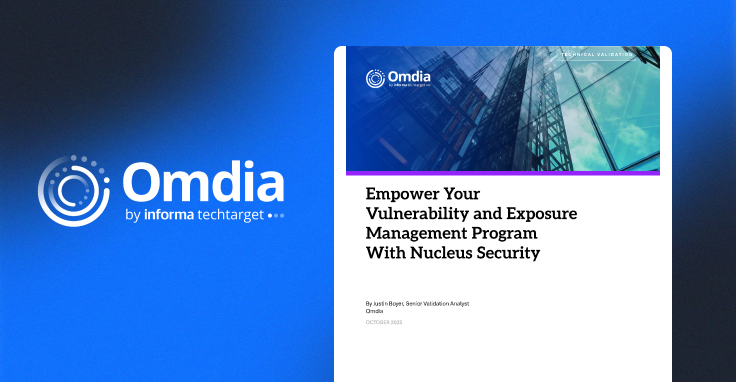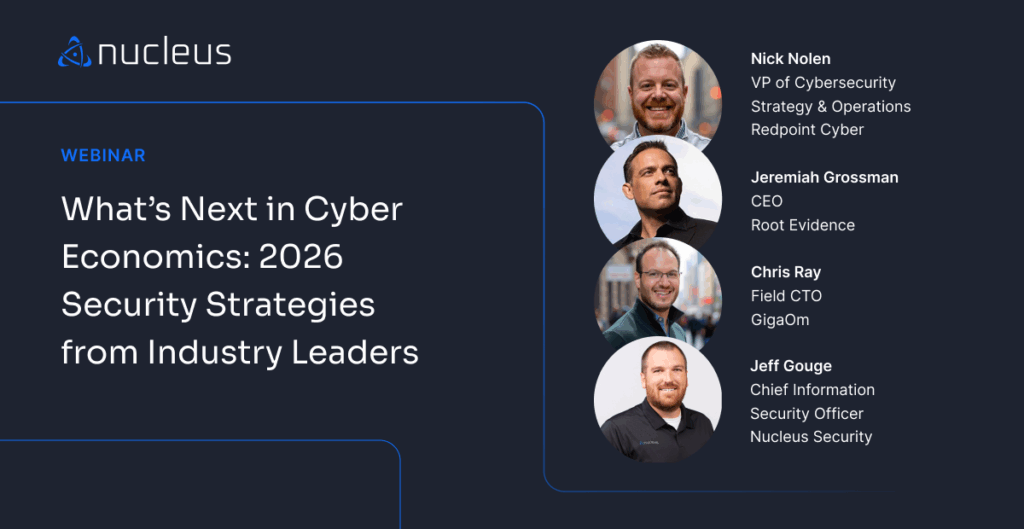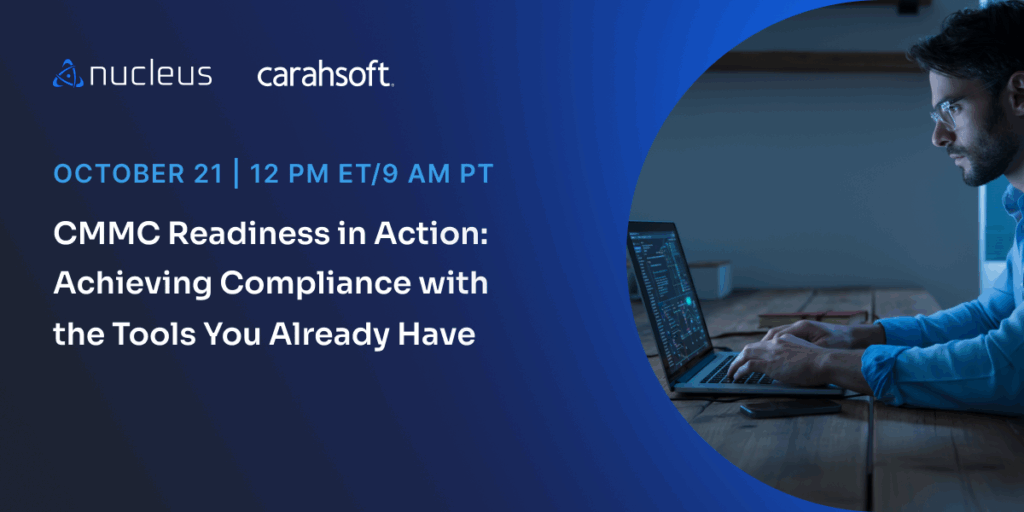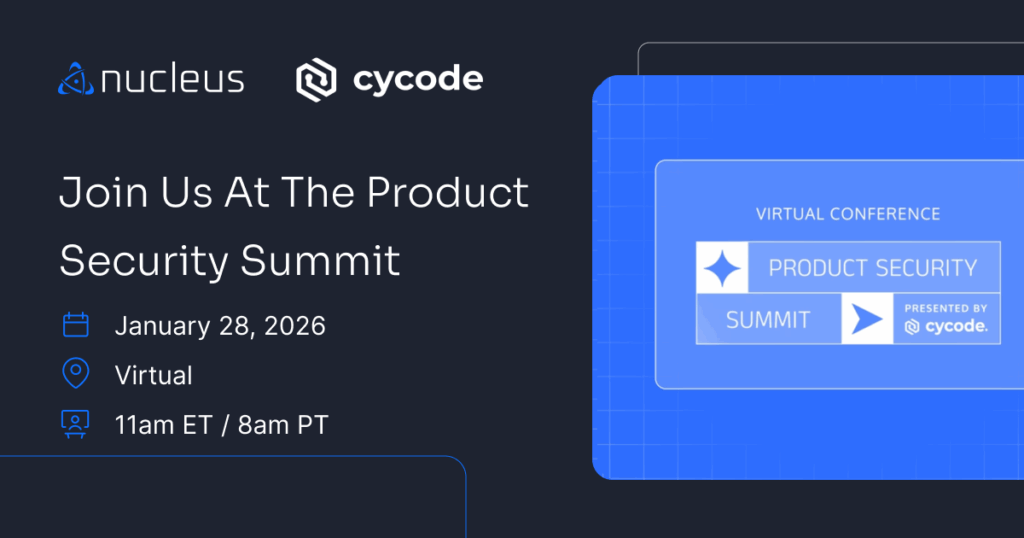Exposure Prioritization: Making Smart Decisions with Risk and Business Context
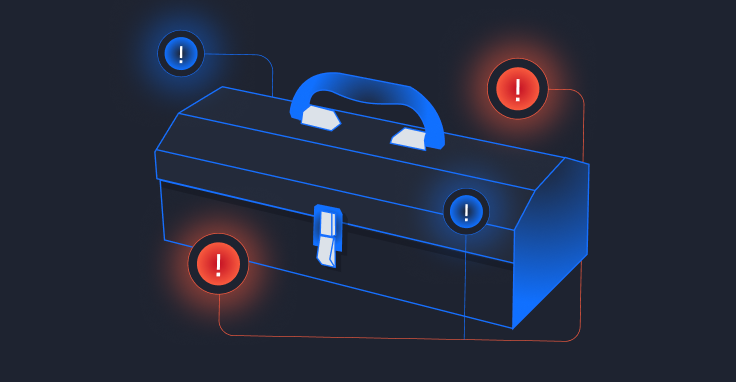
When vulnerability scans return thousands or even millions of findings, leading to an avalanche of tickets to evaluate, the real challenge begins: figuring out what to fix first.
Exposure prioritization is the critical next phase of a mature exposure management program. After defining what exposure management is and establishing a normalized foundation of aggregated data, the question becomes: how do we cut through the noise and focus on what truly matters?
Why Static Scoring in Vulnerability Management Isn’t Enough
The Common Vulnerability Scoring System (CVSS) has long been the default measure for evaluating vulnerability severity. But while it’s a useful starting point, CVSS was never intended to dictate remediation priorities on its own.
CVSS 4.0, released in late 2023, aimed to address this shortcoming. With new considerations like Attack Complexity (AC), Attack Requirements (AT), Vulnerable System Impact, and Subsequent System Impact – along with other enhancements – CVSS 4.0 does better than its predecessors but still doesn’t tell the complete story.
Relying solely on static scoring leads to:
- Over prioritization of theoretical risks: High CVSS vulnerabilities that aren’t exploitable in the wild.
- Under prioritization of real threats: Moderate or low CVSS vulnerabilities that are actively exploited.
- Remediation gridlock: Teams spend time on what looks severe instead of what is actually impactful.
True exposure prioritization means shifting from static severity ratings to understanding dynamic risk.
Risk-Based Exposure Prioritization: A Smarter Path Forward
Risk-based exposure prioritization evaluates each vulnerability in context. That means understanding both threat context and business context.
With threat context, you must ask questions like:
- How likely is this vulnerability to be exploited?
- Is it being exploited in the wild today?
- Is a threat actor group targeting my industry using it now?
There are many cases where vulnerabilities exist but are impractical to exploit compared to other, potentially less damaging vulnerabilities that happen to be easier to take advantage of.
On top of threat context, it’s imperative to understand the business context. If a vulnerability is exploited, how impactful would it be to the organization? Financial records, highly privileged user accounts, and critical infrastructure are much more important to protect than non-production environments or marketing platforms that don’t house sensitive information, for example.
When exposure data is enriched with this information, prioritization becomes far more precise and defensible.
Let’s break that down.
1. Threat Intelligence & Exploitability Signals
Your prioritization strategy should reflect what’s happening in the real world and not just what’s documented in a CVE.
Sources like:
- CISA’s Known Exploited Vulnerabilities (KEV) catalog
- EPSS (Exploit Prediction Scoring System)
- Third party free and premium threat intelligence feeds
- Our own CISA KEV Enrichment Dashboard
…all help highlight which vulnerabilities attackers are actively using.
If it’s being exploited and affecting sensitive assets, whether it’s an endpoint, cloud server, or code repository, it should be prioritized.
2. Business Context: Aligning with What Matters Most
Not all assets are created equal.
A critical vulnerability on a sandbox system may not warrant immediate action. But a medium-severity flaw on a production server holding customer data? That’s a fire that must be put out!
Exposure prioritization should reflect:
- Asset criticality: Is this system tied to core business functions or sensitive data?
- Ownership and business unit: Who’s responsible for remediation? Is the asset tied to high-risk departments or processes?
- Location and accessibility: Is the system internet-facing? Externally accessible assets should be treated with heightened urgency.
Bringing in business context ensures remediation efforts are aligned with operational risk. Relying solely on technical severity to measure criticality leads to unnecessary noise and misaligned remediation efforts.
3. Internet Exposure: What’s Reachable is Exploitable
A vulnerable asset that’s exposed to the internet is inherently more dangerous than one buried inside a segmented internal network.
Nucleus automatically integrates internet exposure intelligence using both proprietary and third-party feeds to help organizations:
- Detect publicly reachable assets tied to vulnerabilities
- Prioritize those vulnerabilities with an understanding of external risk
- Continuously assess which assets fluctuate between internal and external exposure
This approach helps teams catch blind spots and focus on the threats with the broadest blast radius.
Building Business-Aligned Risk Scores with Nucleus
Exposure prioritization requires you to collect context and use it effectively. Nucleus enables organizations to build tailored, risk-based prioritization frameworks that combine:
- Exploitability signals (CISA KEV, EPSS, etc.)
- Business-specific asset metadata
- Custom weighting rules based on your risk appetite
- Operational SLAs and workflow triggers
Nucleus risk prioritization allows you to define your own logic and apply it at scale, giving your team the ability to consistently surface what matters most across millions of findings.
Prioritization isn’t subjective guesswork. It’s structured, automated, and enforceable.
From Vulnerability Prioritization to Remediation
The goal of exposure prioritization is to achieve smarter action through greater visibility. With the right data and automation, security teams can immediately route the tickets for vulnerabilities or exposures that are riskiest to the right owners.
From there, they can set dynamic SLAs based on exploitability and business impact, while reducing alert fatigue and focusing remediation where it counts. When asked, your teams will be able to demonstrate risk reduction to stakeholders in clear, measurable terms.
Looking Forward: Operationalizing Exposure Remediation
Prioritization forms the foundation for operationalizing exposure management. Without it, teams risk drowning in noise, chasing low-value tasks while leaving real threats exposed.
By integrating threat intel, business context, and internet exposure data into a unified prioritization strategy, organizations gain the focus needed to reduce real risk at scale.
And with Nucleus, that prioritization is repeatable, transparent, and built for enterprise complexity.
Stay tuned for Part 4 of this series, where we’ll dive into operationalizing remediation workflows and how to drive exposure resolution from insight to outcome.
See Nucleus in Action
Discover how unified, risk-based automation can transform your vulnerability management.

















